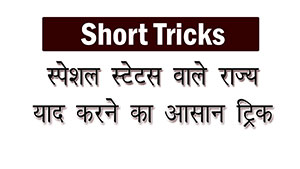- Home
- Quantitative
- English
- Reasoning
- IT Officer
- Programming
-
Computer
- Computer Awareness Questions Answers - Set 1
- Computer Awareness Questions Answers - Set 2
- Important Abbreviations Computer Awareness Questions Answers
- Important File Extensions Questions Answers
- Computer System Architecture Questions Answers
- MS Office Questions Answers
- MS Excel Questions Answers
- MS PowerPoint Questions Answers
-
GK
- Geography Questions Answers
- Indian History Questions Answers
- World History Questions Answers
- Indian Economy Questions Answers
- Indian Polity and Constitution
- Physics Questions Answers
- Chemistry Questions Answers
- Biology Questions Answers
- First In India
- First In World
- Longest and Largest
- Books and Authors
- Important Days of year
- Countries and Capitals
- Inventions and Inventors
-
Current Affairs
- Current Affairs
- Current Affairs 2018
- Current Affairs 2018 - 2019 PDF
- Current Affairs August 2019
- Current Affairs July 2019
- Current Affairs June 2019
- Current Affairs May 2019
- Current Affairs April 2019
- Current Affairs March 2019
- Current Affairs February 2019
- Current Affairs January 2019
- Current Affairs December 2018
- Current Affairs November 2018
- Current Affairs October 2018
- Current Affairs September 2018
- Govt Jobs
- Exams
- Online Quiz
- You are here
- Home
- Quantitative Aptitude
- Arithmetic Aptitude Questions Answers
- Chain Rule Questions Answers
- Aptitude Formulas
-
Chain Rule Formula and Terms
1. Direct Proportion:
Two quantities are said to be directly proportional, if on the increase (or decrease) of the one, the other increases (or decreases) to the same extent.
Eg. Cost is directly proportional to the number of articles.
(More Articles, More Cost)
2. Indirect Proportion:
Two quantities are said to be indirectly proportional, if on the increase of the one, the orther decreases to the same extent and vice-versa.
Eg. The time taken by a car is covering a certain distance is inversely proportional to the speed of the car. (More speed, Less is the time taken to cover a distance.)
Note: In solving problems by chain rule, we compare every item with the term to be found out. Please refer to questions for details.
- Copyright 2014 - All rights reserved
- Terms Of Use & Privacy Policy
- Contact Us
- Copyright














